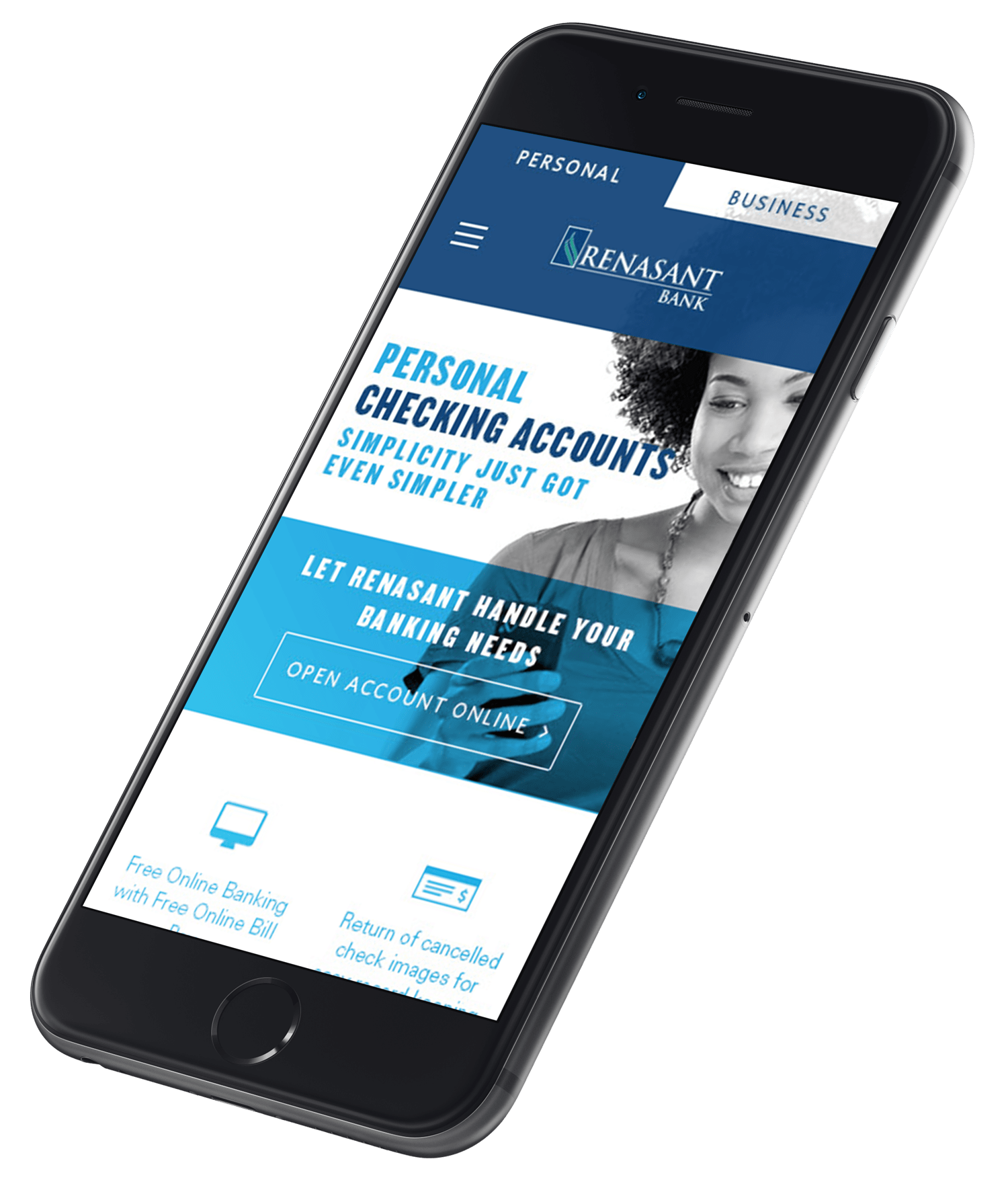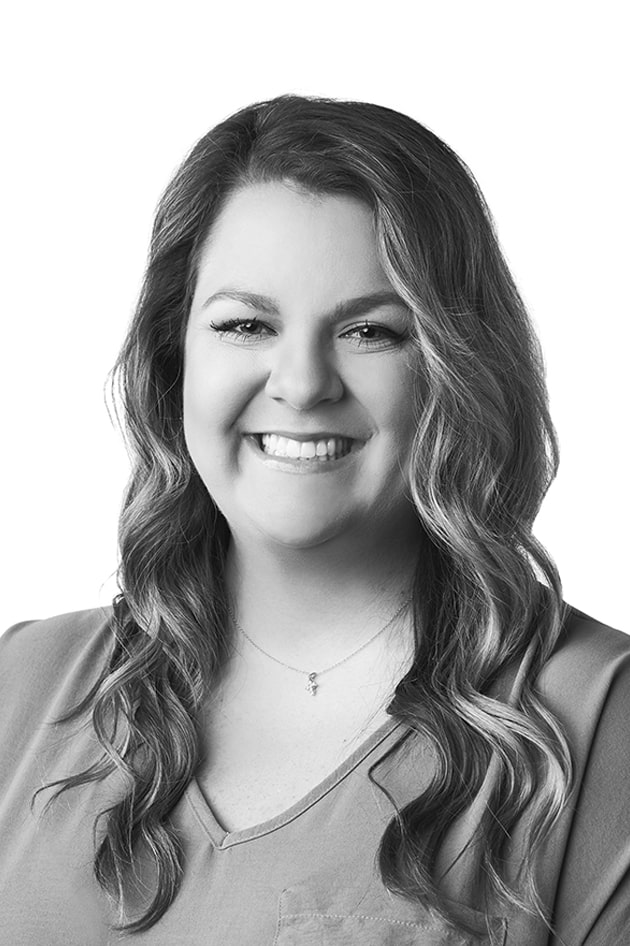When someone buys a brand-new car, what do they say?
“Well, mine was getting up in miles. The trade-in value was dropping, and I really wanted something with better gas mileage.”
This is the rationale.
“I wanted something with more safety features.”
“I needed more reliability.”
“Have you seen the trade-in deals lately? They almost paid me to get a new car.”
These are the logical facts we share so we don’t look like an insane person for committing funds to a quickly-depreciating asset.
So what was the reason?
If we’re honest with ourselves, here’s how we’d really answer: “I saw an ad on Facebook during my pre-bed-time doomscrolling. The ad made me feel better than all the disquiet I’ve been feeling, so I clicked through. Building out a car online, to my exact specs, made me feel even better. If a virtual shopping experience feels this good, I imagine a test drive will make me feel ecstatic!”
Once, I asked an “expert” used-car salesman why all used-car ads relied on insane gimmicks with a pitchman yelling at the camera. Almost all consumers say they hate this style of advertising, yet it keeps going, and people keep buying cars.
His response: “You have to realize that for about 72 hours around the purchase of a car, the buyer could be considered legally insane. They’re making completely emotional decisions. These ads play into this emotion. And they work.”
Emotional buying isn’t limited to cars or even large purchases.
Do you really think you buy M&Ms because they “melt in your mouth, not in your hand?” No. You’re probably not even hungry when you buy them. They’re not healthy. They won’t sustain you very long. There are few logical reasons to buy junk food. You could buy a whole bag of salad for the price of a small amount of M&Ms. We don’t buy junk food for any rational reason. We buy M&Ms because they make us feel better, even in a small way.
People make decisions based on emotion, and they backfill with logic.
My mentor, Duane Birch, repeated this axiom to me almost every day we worked together. He never told me who told him first—or if he picked it up in his multi-decade national brand experience. From Yugo to Yoo-Hoo, consumers proved to lean toward what they want before they make certain it’s what they need. This Harvard professor agrees.
Ok. ok. But what about banking?
As a general rule of thumb, bank advertising relies on rationale—the secondary side of decision making. This is based on features, logic, and math. Banks (generally) don’t seem to realize people make decisions on excitement—impulse—how the brand makes them feel (if the brand is good).
Perhaps banks drank the wrong Kool-Aid and believed potential customers couldn’t be excited about banks. Maybe they forgot banks, almost literally, perform magic—transferring funds from your strong brick building to a trendy retailer to complete a purchase—almost at the speed of light.
Either we forgot how magical—how helpful—banking is. Or, at the very least, took it for granted and forgot to tell people.
Banking is emotional.

Most customers who switch banks do so for two reasons: poor service or a mistake (which likely wasn’t handled well). The customer is angry—they feel mistreated or unimportant. They feel emotional. And they want to find another bank that will not do this to them. They want a bank that will not make them feel this way.
First, you must realize you’re not creating ads trying to convince satisfied people to leave their bank. As we covered in a past blog, only 2% of people are either Dissatisfied or Very Dissatisfied with their primary bank. You have a small potential audience who is ready to leave at any time. You must be ready with advertising messages created to speak to those looking to leave their current bank.
Second, you must build your message around a beneficial brand. To do so, you need to deeply understand the difference between benefits and features (and those features trying to be benefits). We cover that here.
Third, you must combine these into a consistent, benefit-based brand message. This is much easier said than done, but if it was easy to do, everyone would be doing it. Your advantage? Out of 5,000 banks, almost no one is doing this well.
How does that make you feel?




